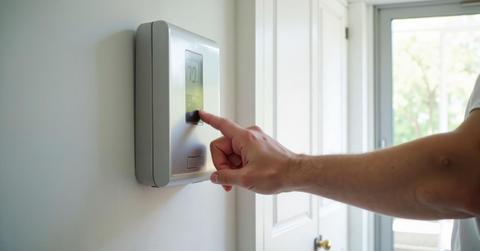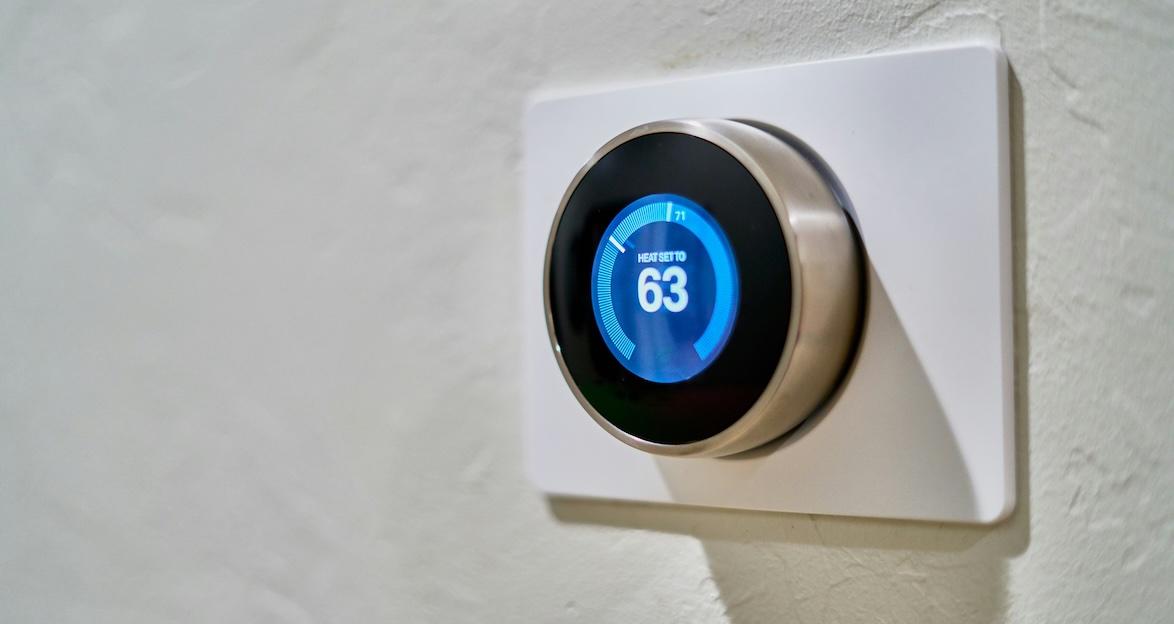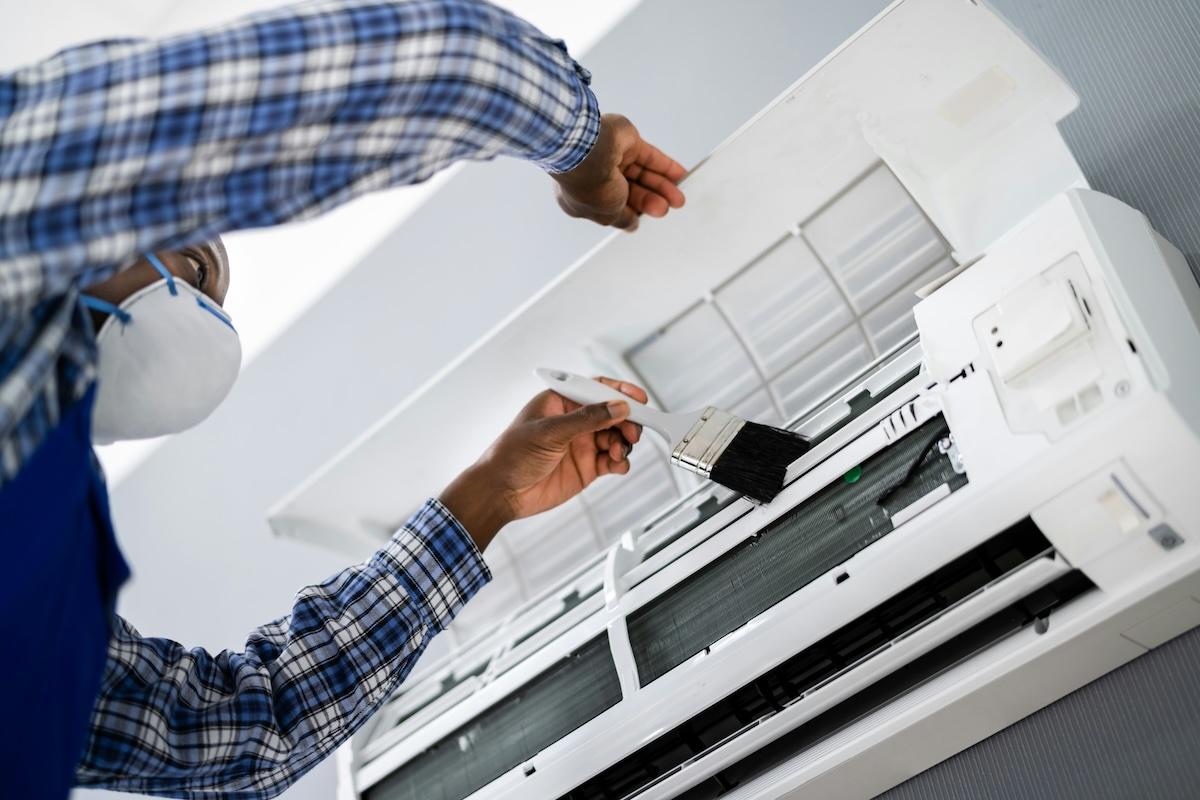How Smart Air Conditioning Upgrades Reduce Your Carbon Footprint
Each step you take plays a part in lowering your household emissions.
Published May 23 2025, 1:00 p.m. ET

Most people nowadays heavily rely on air conditioning for comfort. As reported by the U.S. Department of Energy, about 88% of American homes have air conditioning, with 66% of them using central systems. But what many of you forget to realize is that air conditioning is also one of the big contributors to greenhouse gas emissions.
It’s even worse when you’re using the traditional ones that often operate inefficiently, guzzling electricity and straining power grids, especially during peak summer months. Thankfully, there’s one thing you can do: upgrade your system with smart air conditioning technology. So, how does it help?

This article explains how smart air conditioning upgrades can reduce your carbon footprint while also minimizing your annual energy expenses in the future.
Audit and Optimize Existing Systems Before Upgrading
Just because a small part isn’t working anymore doesn’t mean you need to replace the whole system. Upgrading even the small parts of your current AC can significantly slash your energy consumption. So, if you notice any problems, such as leaking ductwork or dirty air filters, you may call on the expertise of professional HVAC technicians.
They can perform a thorough check-up on your system to see which areas are underperforming. For example, sealing leaky ducts or replacing clogged filters alone can significantly reduce energy waste and directly lower your household’s carbon emissions.
You can also get their expert help with replacing your outdated or inefficient AC system. A professional audit often reveals hidden inefficiencies, such as mismatched components or poor insulation, that can quietly drive up energy costs and environmental impact over time.
Install Smart Thermostats To Minimize Energy Waste
Another AC upgrade that can truly reduce your carbon footprint is smart thermostats. These clever devices adapt to your routine, adjusting temperatures based on whether you're home or not. They even take real-time weather into account! For example, they can cool your home ahead of a heatwave to prevent energy-draining temperature spikes.

Many smart thermostat models also offer detailed energy reports. These reports will show you how small changes (like bumping the thermostat up by 2°F) can affect your energy consumption. Plus, with geofencing features, they only kick in when you're on your way home, so you’re not wasting energy cooling an empty house. Over time, these little savings can really add up to make a big difference in reducing emissions.
Switch to Inverter-Driven Systems To Slash Energy Use
Upgrading to inverter-driven systems can also cut down your home’s energy consumption. Unlike traditional air conditioners that operate in a clunky “on/off” cycle, which wastes a lot of energy during those frequent startups, inverter-driven systems continuously adjust their speed to meet the cooling needs.
Plus, with fewer power surges, there’s less pressure on electrical grids that often depend on fossil fuels during peak times, making inverter technology a smart choice for a more sustainable future.
Implement Zoning Systems To Target Cooling Where It’s Needed
Have you thought about using zoning systems to cool your home more efficiently? Central AC tends to chill the whole house, including the rooms you never use. Zoning systems change that by splitting your space into different areas, each with its own temperature settings. Thanks to smart dampers and sensors, cool air is sent only to the rooms you’re in, which can greatly reduce energy waste.
This is especially beneficial for people who live in larger homes, as it keeps the system from being overworked, prolonging its life, and pushing off the need for replacements. It’s a great way to boost energy savings and cut down on landfill waste.
Schedule Regular Maintenance To Sustain Efficiency
Even the most advanced systems can lose their edge without proper care and attention. Scheduling tune-ups every six months allows technicians to clean the coils, check refrigerant levels, and calibrate thermostats, which can lead to your AC using much less energy.

Plus, technicians can spot minor issues, like worn-out capacitors, and upgrade them before they turn into costly repairs. Keeping your air conditioning units in good shape and upgrading some parts when needed can help you dodge those energy spikes and avoid premature replacements that can really add to your carbon footprint over time.
Integrate Renewable Energy Sources for Cleaner Operation
Pairing smart air conditioning systems with renewable energy sources like solar panels amplifies your carbon reduction. These solar-powered systems help reduce the need for grid electricity, which often still depends on fossil fuels. Plus, any extra energy you generate during the day can be stored in batteries or sent back to the grid, which means you’re relying less on non-renewable sources.
Some of the latest smart HVAC systems even work with home energy management platforms to prioritize renewable energy when it’s available. For instance, they might cool your home more efficiently during bright, sunny afternoons when your solar panels are generating power, then ease off as the sun sets.
Key Takeaway
Smart air conditioning upgrades address carbon footprints from multiple angles: optimizing energy use, minimizing waste, and supporting renewable energy initiatives. Each step you take, be it installing a smart thermostat, retrofitting an inverter system, or simply scheduling regular maintenance, plays a part in lowering your household emissions.
Soon, you’ll notice the difference not just in your energy bills, but also in how you’re actively participating in the fight against climate change. So, kick things off with one upgrade, monitor the changes, and watch your impact grow!